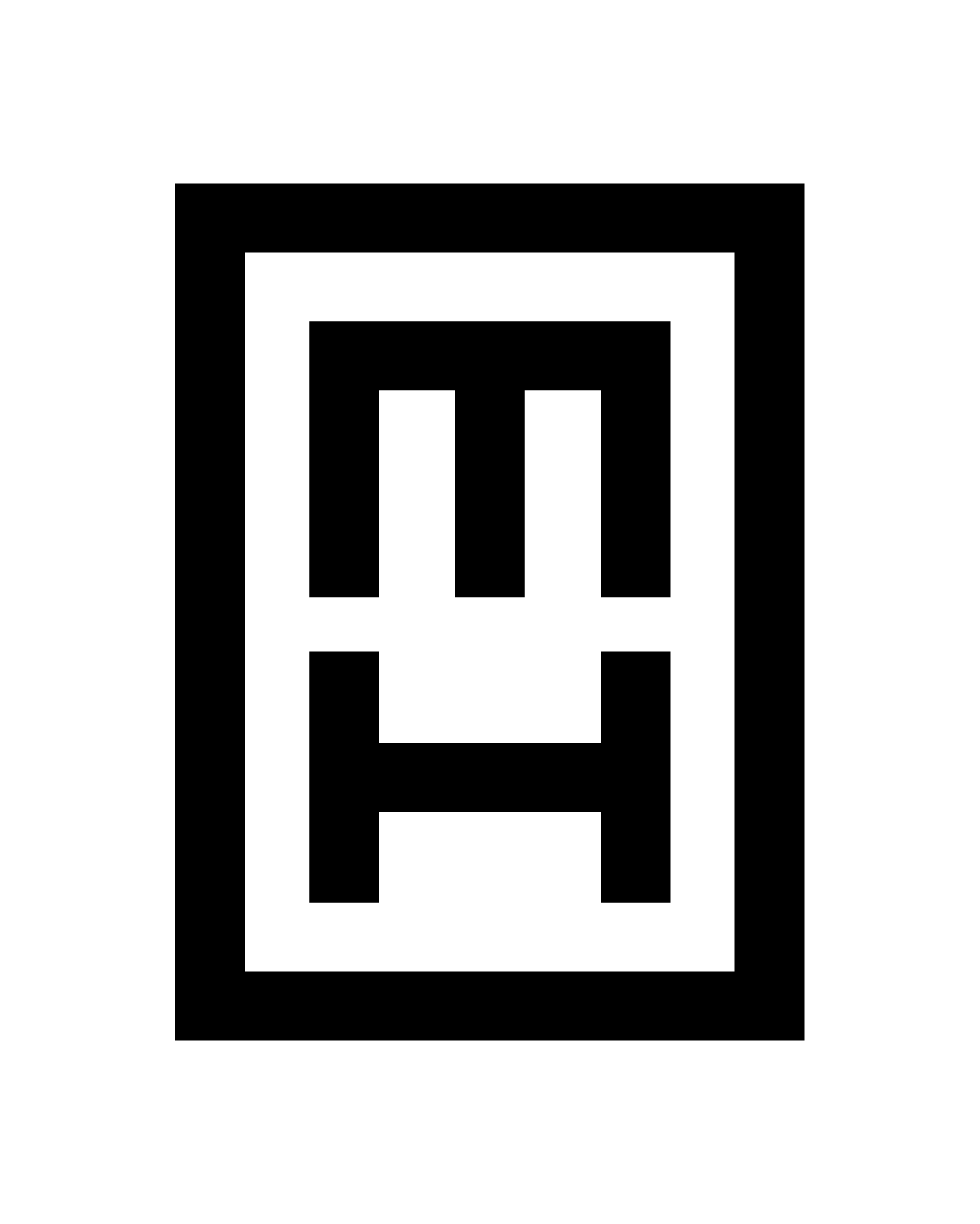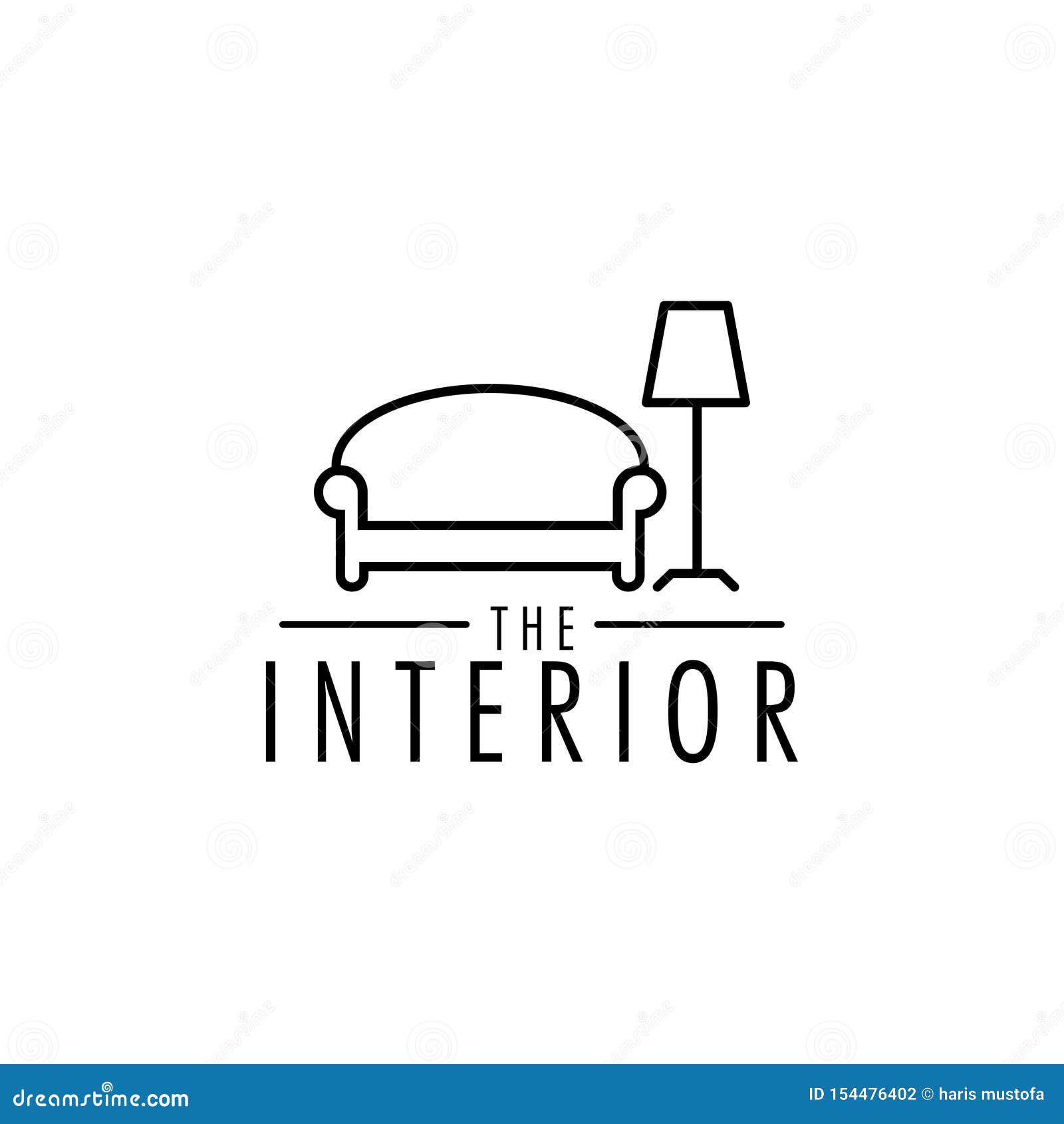Table Of Content

Words are human experience coded in something massive and yet extremely fluid – the language. The design relies on such elements and shares a long and dramatic history with writing. The reason to animate the interface depends on the goal of that specific interaction. Since movement is something we instantly see, it makes sense to use animation for things like banner ads and spams.
Approaches to design
These principles include balance, contrast, emphasis, movement, pattern, rhythm, and unity/variety. Each principle plays a pivotal role in organizing or arranging the visual elements in a design, ultimately shaping the viewer's experience. For a deeper understanding and exploration of how these principles relate to visual aesthetics in art and design, refer to the chapter on Visual Aesthetics from the Encyclopedia of Human-Computer Interaction. This comprehensive resource provides insights into the interconnectedness of design principles in various mediums. Defining design evolves from its characteristics and how it is distinguished from other disciplines such as engineering, business or even marketing.
Literature on design principles
Website and mobile app design, as well as design in general, is a complex yet subtle process, it’s more than making things pretty. Enables personalizing ads based on user data and interactions, allowing for more relevant advertising experiences across Google services. Permits storing data to personalize content and ads across Google services based on user behavior, enhancing overall user experience.
More meanings of design
Sometimes it coerces designers into minimalism, hence the thriving trend for minimalism in web and app design. This human-centered design process consists of five core stages Empathize, Define, Ideate, Prototype and Test. It is important to note the five stages of design thinking are not always sequential. They do not have to follow a specific order, and they can often occur in parallel or be repeated iteratively.
design American Dictionary

Design iteration can be liked to the above characteristics, such as user-centred practice. The involvement of the user in co-create practice and testing produces multiple iteration rounds. The reflective practise aims to observe the product used and implemented, get feedback and apply use this feedback to improve the product. Many companies don’t take advantage of the co-create practice, reducing modification rounds in the prototyping and testing stage.
The Principles of Service Design Thinking - Building Better Services
During the third stage of the design thinking process, designers are ready to generate ideas. You’ve grown to understand your users and their needs in the Empathize stage, and you’ve analyzed your observations in the Define stage to create a user centric problem statement. With this solid background, you and your team members can start to look at the problem from different perspectives and ideate innovative solutions to your problem statement. The elements of visual design make up the fundamental building blocks of a product. Learning how to achieve unity, gestalt, hierarchy, balance, contrast, scale, dominance, and similarity will be extremely useful as you work in visual design. The principles of design in art are foundational concepts that guide the creation and evaluation of artworks, ensuring visual harmony, balance, and cohesion.
Feel Good Friday: A&M floral design students display class projects - KBTX
Feel Good Friday: A&M floral design students display class projects.
Posted: Fri, 26 Apr 2024 20:14:00 GMT [source]
However, its definition is altered to reflect the nature of “an ill situation”. A good design can make people trust you more, alter customer perception, make you memorable, get your message across, make your product work to the fullest, and shine. The essence of the product can be fulfilled by the UX writing principles alone. If it is clear, it’s helpful and if it helps, it becomes significant.
Four Definitions of Design
I still use the word “process” to avoid confusion, especially when discussing design thinking. This article aims to explore what design is from the perspective of its characteristics and not the dictionary definition. Understanding what is design and what is not helps identify its borders and distinguish it from other disciplines. Let us start by exploring what design characteristics are not considered to eliminate part of the misunderstanding about design characteristics (How Inclusive Design Reshaped Microsoft Products). UX writing is a process of creating copy for user interfaces. Some of you might be surprised to see writing listed among the fundamental aspects of interface design.
Design process
This animation won’t get you confused about the success of your sending and will make sure you address the issue whatever that is. At the same time, it won’t be too intimidating because the animation is done in a friendly way. Our eyes and brain are designed to capture movement because it bears a lot of information.
Negative space is just as important as the positive shape itself — because it helps to define the boundaries of the positive space and brings balance to a composition. For instance, consistency ensures that controls remain uniform throughout a design, while proximity suggests related items be grouped. Visual hierarchy places importance on presenting the most vital information at the top. By understanding and applying these principles, designers can create intuitive, aesthetically pleasing, and practical designs that cater to user needs and preferences. Properly implemented hierarchy ensures clarity and a seamless flow in design.
Unity helps guide the viewer's attention and ensures a consistent, integrated visual experience. The absence of unity can make a design feel disjointed or chaotic. To comprehend unity and other fundamental aspects of design, consider exploring the building blocks of visual design on interaction-design.org.
The choice of a business model can’t rely on the goals of the owners. There might be a natural talent and an insane gut feeling but it would be foolish to rest on them. That being said, it’s important to know whether your bias is damaging your design work.
This information should not be considered complete, up to date, and is not intended to be used in place of a visit, consultation, or advice of a legal, medical, or any other professional. My lower back pain serves as a reminder of my age and that my parents' kitchen wasn't designed with someone 6'2" in mind. Design is a common word that is often used to refer to an initial plan of something, especially something new. In length there was no alteration, but the design seems more condensed, more compact, yet slightly wider in the opening. This was a vast building of classical design, resembling a Grecian temple.
The stages should be understood as different modes which contribute to the entire design project, rather than sequential steps. Design thinking is a problem-solving methodology that helps teams develop new ideas. In this video, Laura Klein, author of Build Better Products, describes a typical challenge designers face on agile teams.
50 Questions and Answers on the Science of Color and an interior designer, points out, the perception of color can change based on various factors like the light source and surrounding colors. Design principles are fundamental pieces of advice for you to make easy-to-use, pleasurable designs. You apply them when you select, create and organize elements and features in your work. As an academic and author, I've had the privilege of shaping the design landscape.
Empathy is crucial to problem solving and a human-centered design process as it allows design thinkers to set aside their own assumptions about the world and gain real insight into users and their needs. In the first lesson, you’ll learn the difference between visual design elements and visual design principles. You’ll also learn how to effectively use visual design elements and principles by deconstructing several well-known designs.


No comments:
Post a Comment